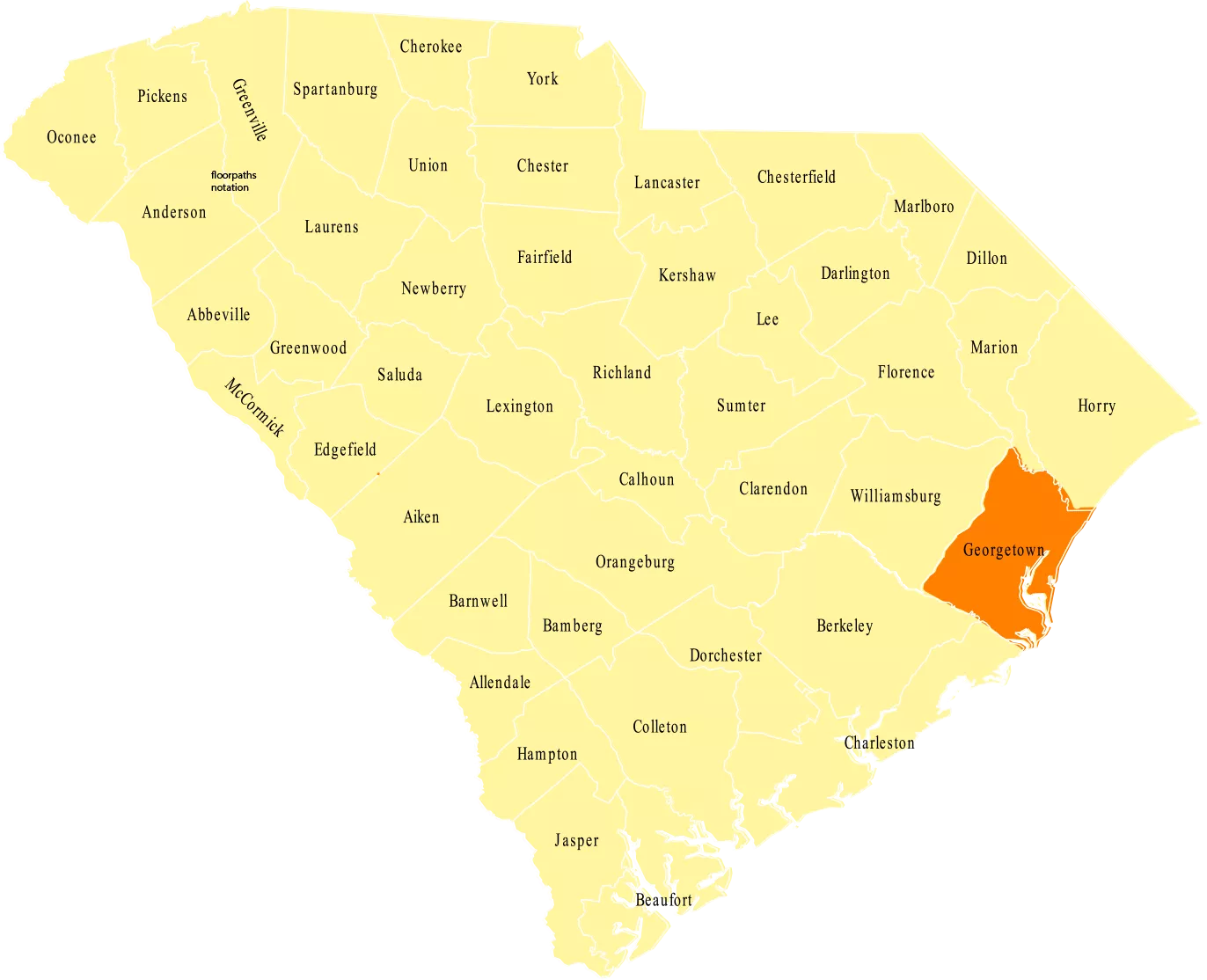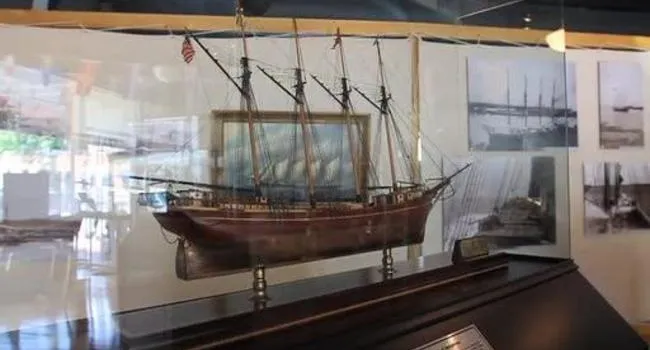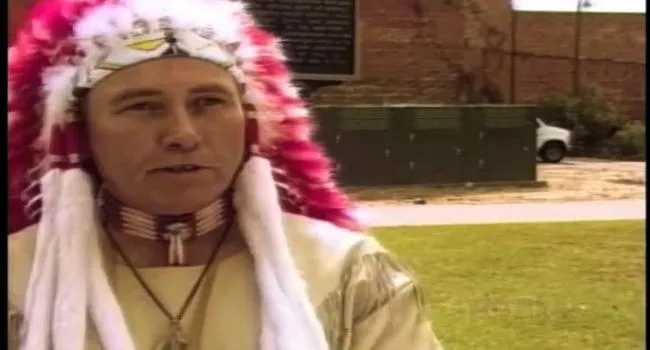
Video
Smith singing at the 1988 Harborwalk Festival in Georgetown, SC. Aired on "Midday 5" program with WCSC-TV in Charleston, South Carolina
Although a number of Native American tribes already lived in the area and the Spanish had visited, English planters and their African slaves were the first to settle what is now known as Georgetown County. In 1769 Prince Frederick, All Saints, and Prince George parishes were combined, resulting in Georgetown District. In 1785 the district split into four counties including Winyah County. Winyah County would later be renamed Georgetown County in honor of King George II. Despite the approval of the British that this name suggests, Francis Marion regularly engaged in guerilla warfare from the county’s marshes during the Revolutionary War.
A coastal location has always served as a large source of wealth for Georgetown County. The location favored the growth of plantation crops, especially cotton and Indigo. In fact, Indigo planters became so affluent that they became their own level of high society known formally as the “Winyah Indigo Society.” Later, rice took over and became the crop of choice for Georgetown County plantation owners, but Indigo plants still grow wild in the area. Furthermore, the Georgetown Port, in the county seat of Georgetown, became such a source of income that pirates plagued the county’s coast.
Today one can easily observe a connection between Georgetown County’s past and its future. The African slaves brought over by British planters to farm cotton, Indigo, and rice have preserved the Gullah culture throughout the generations. This culture is especially evident on Sandy Island. Georgetown’s port still anchors the county’s economy. The county’s historical significance, coastal location, beach towns, and nature preserves make it a popular tourism destination.
Georgetown County, A Brief History. Accessed June 03, 2016.
http://www.georgetowncountysc.org/about/history.html

Video
Smith singing at the 1988 Harborwalk Festival in Georgetown, SC. Aired on "Midday 5" program with WCSC-TV in Charleston, South Carolina
Video
The Chosen Sisters performing in 1992 at the "Heritage of Song" concert hosted by McKissick Museum at the University of South Carolina. Co-produced by South Carolina Educational Television.
Video
The Waccamaw Intermediate School has a Steel Drum Band called The Calypso Gators. The band is made up of 4th, 5th and 6th grade students, and being a part of this band is teaching them more than just...
Video
Located on the waterfront in Georgetown, the South Carolina Maritime Museum celebrates the rich history of seaports in the state. The museum features wooden boat replicas of some of the major ships of...
Video
Glenn Roberts of Anson Mills talks about the history of rice in South Carolina.
Video
B is for Brookgreen Gardens. Helen Benso, VP of Marketing at Brookgreen Gardens, talks about this wonderful resource.
Video
With an incredible ecosystem, Georgetown County is surrounded by water from rivers, marshes and the ocean. You can experience the county by water through kayaking or paddle boarding tours and even try...
Video
Gene Martin is the Chief of the Chicora tribe of Horry and Georgetown Counties. Their tribe is considered an Indian Association. They are protesting the replica of the Christopher Columbus ship, the...
Video
Learn the history of Georgetown, South Carolina as well as the booming rice culture supported by slavery.
Video
Residents and historians explain the cultural and physical characteristics of Sandy Island.